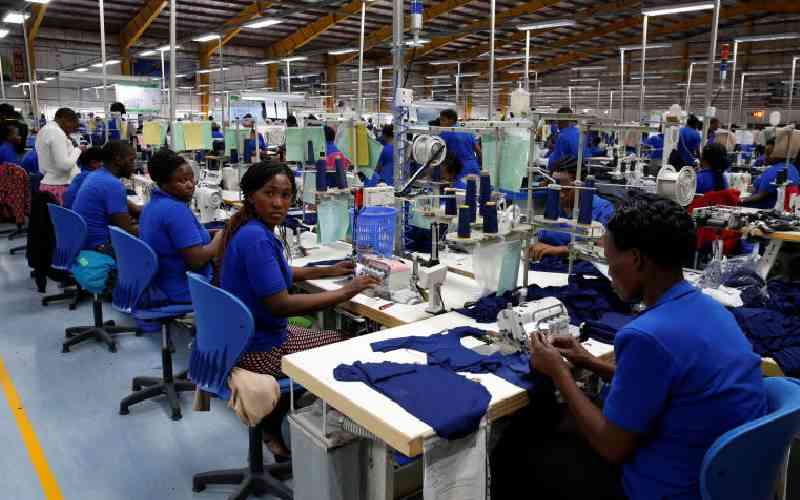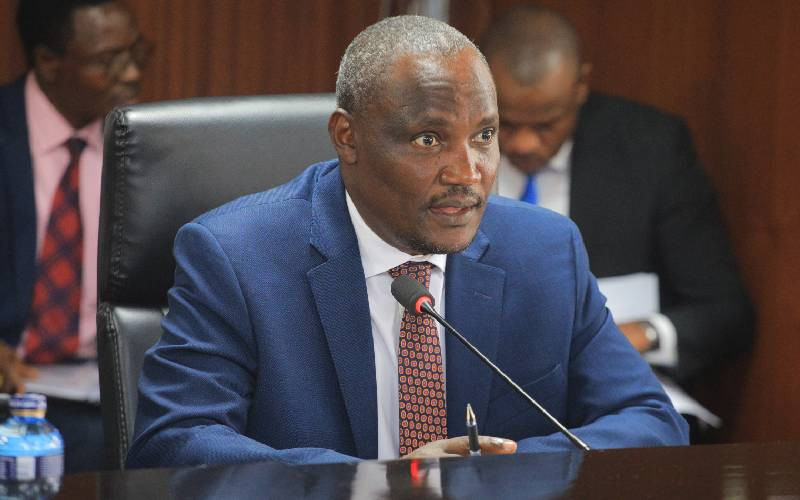×
The Standard e-Paper
Home To Bold Columnists
Small and Medium Enterprises (SMEs) are key to the economy.
This explains why the government recently announced a new fund to cater for them. This is encouraging as it’s different from the Youth Fund or Women Fund. It will be a kitty meant to benefit businesses with viable ideas. The problem that the State faces now is how to remodel the fund so that it becomes self-propelling and in future rely less on taxpayers.







